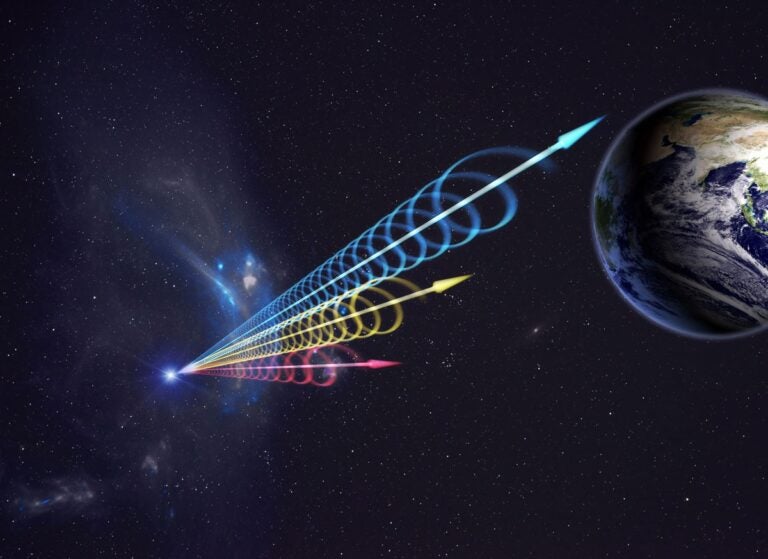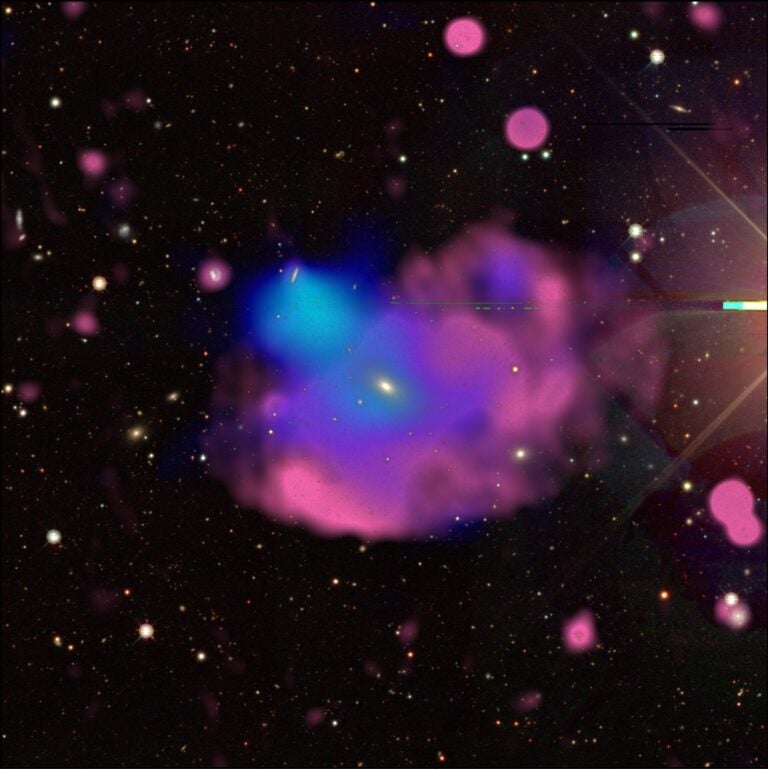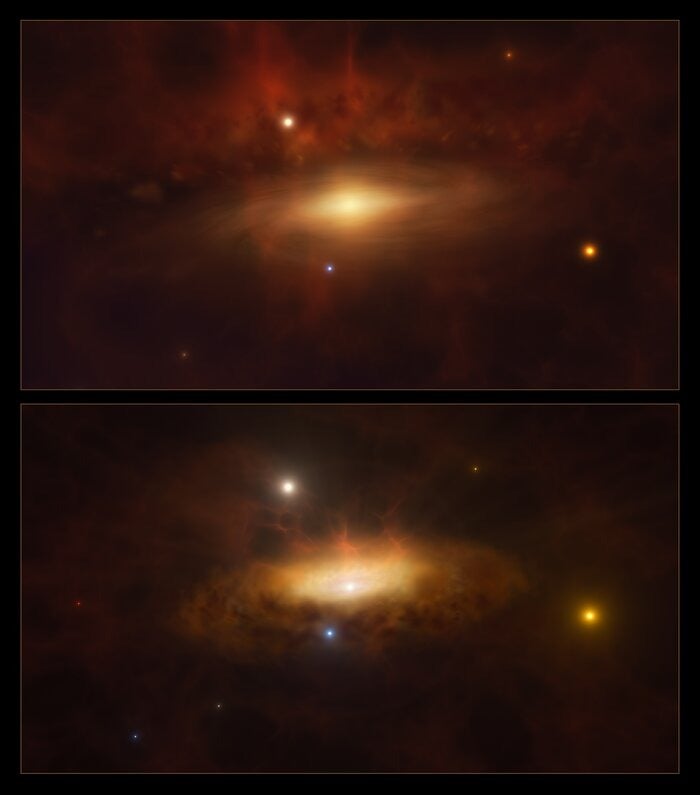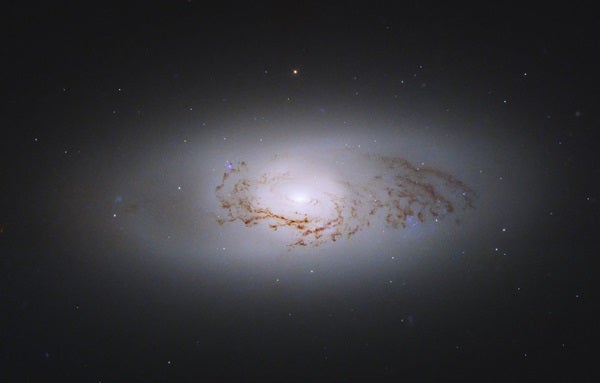
The Hubble Space Telescope recently captured this captivating image of the lenticular galaxy NGC 3489, located some 30 million light-years away in the constellation Leo the Lion.
Lenticular galaxies are disk-shaped galaxies that skirt the line between spirals and ellipticals. Unlike ellipticals, lenticulars do show some internal structure, hosting distinct central bulges surrounded by thin disks of stars. But unlike spirals, lenticulars do not display full-fledged spiral arms that are bursting with star formation. Instead, lenticulars like NGC 3489 are home to mostly older and aging populations of stars.
But despite its dearth of new stars, NGC 3489 still sees a lot of activity. Like most (if not all) large galaxies, NGC 3489 hosts a supermassive black hole at its core. And this black hole is busy.
NGC 3489 is home to what astronomers call an active galactic nucleus (AGN). An AGN is an extremely bright galactic core that’s powered by matter swirling around a galaxy’s supermassive black hole. This maelstrom of matter is called an accretion disk, and this superheated disk is what’s responsible for emitting copious light across the entire electromagnetic spectrum.
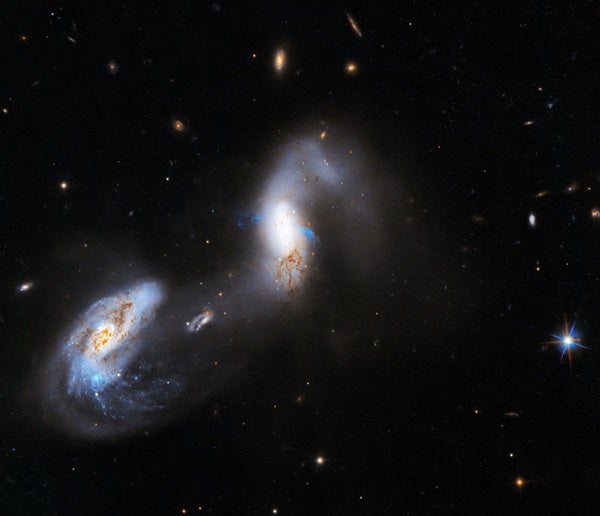
Hubble observed NGC 3489 as part of an ongoing survey of nearby AGN. As part of that survey, Hubble also captured the image directly above of AM 1214-255, a pair of interacting galaxies that each hosts a luminous AGN powered by doomed matter violently whirling around a supermassive black hole.
Astronomers will use the observations collected as part of this Hubble survey to further investigate the complex relationships that exist between AGN, their black hole engines, their host galaxy’s structure, and more.






